Ancient India – Kingdoms And Early Republic
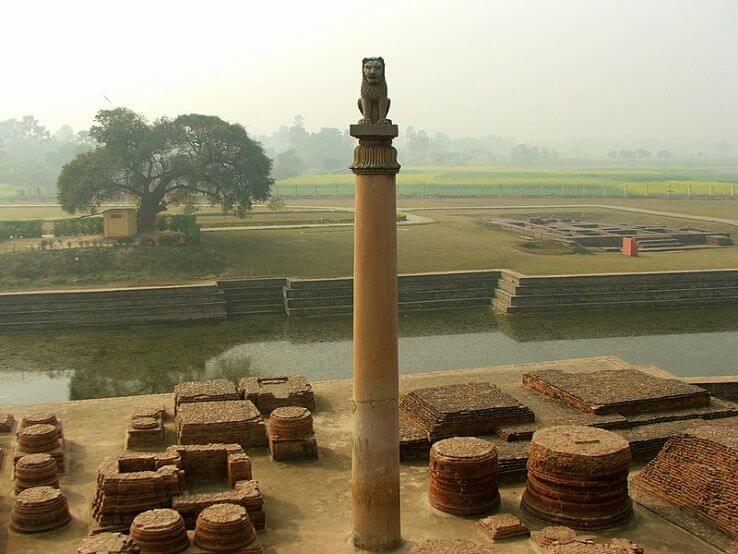
Contents
HOW WERE RAJAS CHOSEN
Today, we choose our leaders on our own through electing them But 3000 years ago, the rulers, or the rajas, got this position by practising several methods and rituals. Some men even became rajas by performing very big sacrifices.
- The Ashwamedha or horse sacrifice was one such ritual in which a horse was set free and allowed to wander under the guard of the raja’s men. If the horse entered the kingdom of some other raja and they stopped it, they had to fight. If they allowed the horse to pass, it meant that they accepted that the horse’s sender that is, the raja performing this ritual, was stronger than him. These rituals were performed by trained priests.
- The raja was a central figure in these rituals. His sons and wives also had to perform minor rituals.
JANAPADAS
- These rajas who performed these big sacrifices were now recognised as rulers of janapadas and not janas (the people).
- The word janapada means the land where the janas set their foot and settled down.
- The people visited the raja of the janapada and offered him with gifts, big and small.
- Some important janapadas found are Hastinapur near Meerut, Purana Qila in Delhi.
- The people of these janapadas lived in huts, kept cattle as well as other animals, grew variety of crops. They also made earthen pots.
MAHAJANAPADAS
About 2500 years ago, some janapadas became more important than others and were known as mahajanapadas.
CHARACTERISTICS
Most of them had a capital city, many of these were fortified which means, had huge walls of wood, brick and stone built around them.
- Forts were probably built because people were afraid of attacks from other kings.
- Some rulers also built them to prove their power and wealth.
- Also, people living inside the fortified area can be controlled more easily by the king.
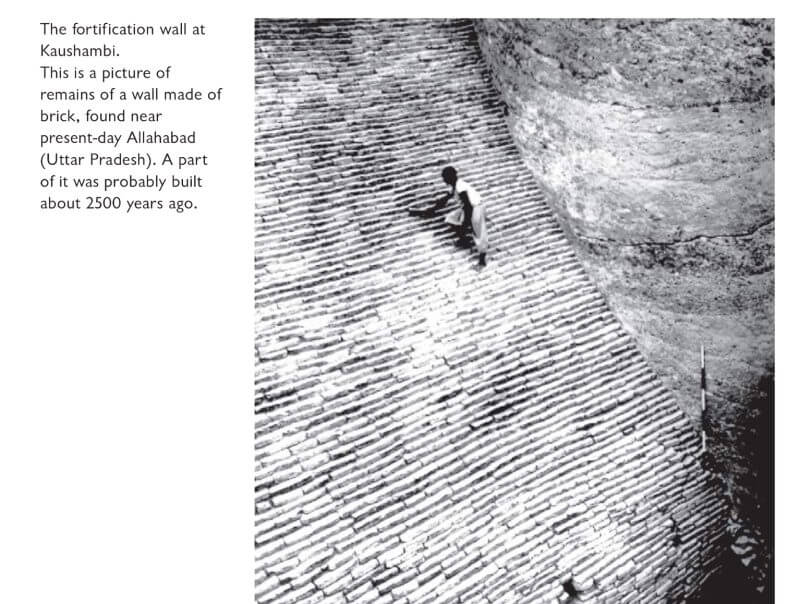
- These rajas maintained armies. The soldiers were paid regular salaries. Some payments were even using punch marked coins.
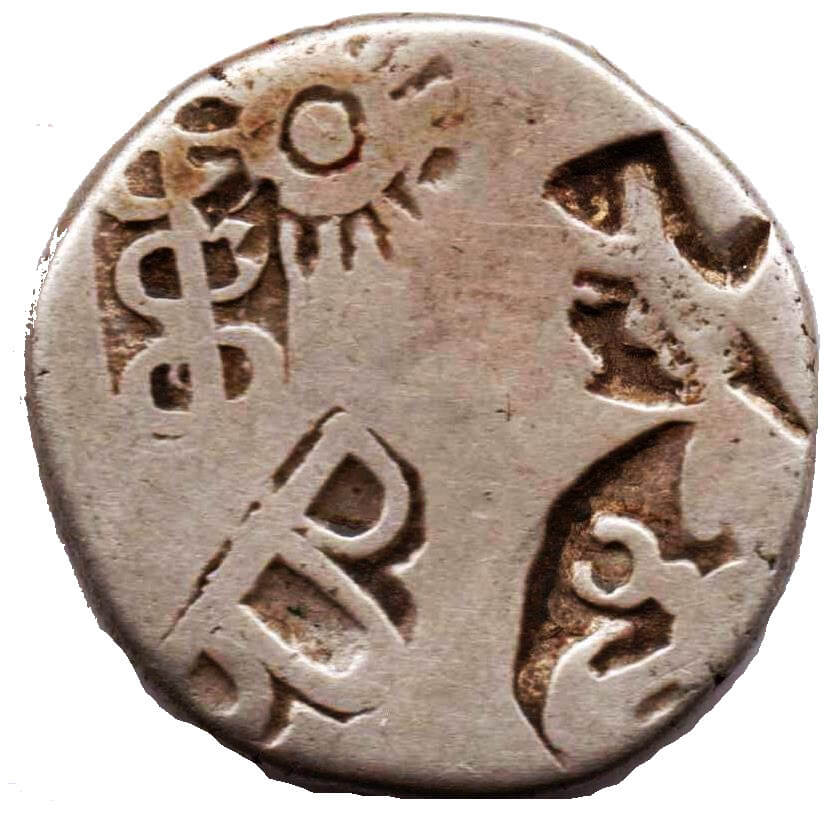
TAXES
As the rulers built forts and maintained huge armies, they needed huge resources (generally, money). So instead of depending fully on gifts brought by people, as the rajas of janapadas, the rajas of mahajanapadas collected regular taxes.
- Taxes on crops were the most important. This was because most of the people were farmers. The share of tax collected in the form of crop production was called Bhaga or share.
- Taxes on crafts persons was imposed in the form of labour.
- Herders were expected to pay taxes in the form of animals and animal products.
- There were also taxes on goods bought and sold, through trade.
- Hunters and gathers also had to provide tax in the form of forest produce.
CHANGES IN AGRICULTURE
- The growing use of iron ploughshares: heavy, clayey soil could be easily turned using an iron plough in comparison of a wooden ploughshare. Like this, more grain could be produced.
- People started transplanting paddy. This meant rather than scattering seeds on ground, from which plants would sprout, saplings were grown and then planted in the fields. This led to an increase in production. [Generally, slaves did this translating work in the field of their masters.]
STUDYING ABOUT MAGADHA AND VAJJI
Magadha
Locate Magadha in the map of mahajanapadas.
- Magadha became the most important mahajanapadas in about 200 years.
- Many rivers such as the Ganga and Son flowed through Magadha. This was important for (a) transportation, (b) water supplies, (c) water availability for farming.
- Parts of the mahajanapada were forested. This made availability of animals, most importantly Elephant which were a very important part of the army, easy. Forests also provided wood.
- Besides, it was also a spot with many iron ores mines that could be tapped to make strong tools and weapons.
Magadha has two very important rulers— Bimbisara and Ajatasattu, who expanded the empire. Mahapadma Nanda was another important ruler.
- Rajagriha (present-day Rajgir) in Bihar was the capital of Magadha for several years. Later, it was shifted to Pataliputra (present day Patna).
Vajji
Vajji, with its capital Vaishali (Bihar), was under a different type of government known as Gana or sangha.
- In a gana or sangha, there were no one but several rulers (sometimes, even thousand).
- These rajas performed rituals together, met in assemblies and decided what had to be done in the empire through discussions and debates.
- Both Buddha and Mahavira belonged to these ganas or sanghas.
ASHOKA— THE GREAT
Ashoka was one of the greatest ruler known to history and his instructions and inscriptions were carved on pillars by him.
The empire that Ashoka ruled was founded by his grandfather, Chandragupta Maurya, more that 2300 years ago. Chandragupta was supported by a wise man named Chanakya or Kautilya, whose ideas have been mentioned in the book Arthashastra.
Fun fact: The lions that we see on our notes and coins, called the lion capital, have a historical importance. They were carved in stone, and placed on top of a massive stone pillar at Sarnath.
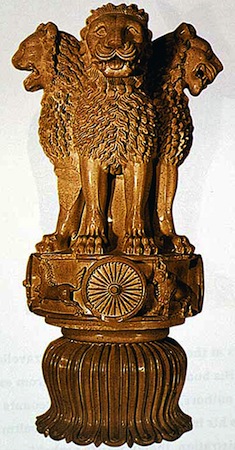
HOW ARE EMPIRES DIFFERENT FROM KINGDOMS?
- Emperors need more resources than kings because empires are larger than kingdom, and need to be protected by big armies.
- They also need a larger number of officials who collect taxes.
RULING THE EMPIRE
- The area around Pataliputra (the capital city) was directly under the control of the emperor. This meant that officials were appointed to collect taxes from farmers, herders, etc who lived in the villages and town under that area.
- Many of the officials were given salaries.
- Messengers and spies went to and fro to collect information from different parts of the vast empire.
- Then there were other areas or provinces, which had their own provincial capital such as Taxila and Ujjain. Royal princes were sent there as governors.
MORE ABOUT ASHOKA
The most famous Mauryan ruler was Ashoka.
He was the first ruler who tried t spread his message to the people through inscriptions.
Most of Ashoka’s inscriptions were in Prakrit (language) and were written in Bramhi script.
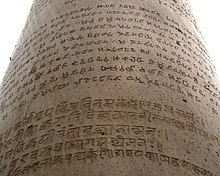
THE KALINGA WAR
- Kalinga is the ancient name of coastal Orissa.
- Ashoka fought a war to conquer Kalinga.
- He was very horrified when he saw the violence and bloodshed that was caused during the war and decided not to fight any more wars.
- He is the only king in the history of the world who gave up conquest after winning a war.
ASHOKA’S DHAMMA
It did not involve the worship of a god or performance of sacrifices but taught life values. He was very inspired by the ideas of Buddha. His teachings were:
- Treating slaves and servants respectfully.
- Respecting elders and women.
He appointed officials called dhamma mahamatta who went from place to place teaching people about Dhamma even to distant places such as Sri Lanka, Syria, Greece and Egypt.
Ashoka got his message inscribed on rocks and pillars, instructing his officials to read his message to those who could read it themselves.
VILLAGES AND TOWNS IN AN EMPIRE
IRON TOOLS AND AGRICULTURE
- The use of iron began in the subcontinent around 3000 years ago.
- Some of the largest collections of iron tools and weapons were found in the megalithic burials (megaliths- they are carefully arranged stones used to mark burial sites).
- Around 2500 years ago, there is evidence for the growing use of iron tools. These include axes for clearing forests, and iron ploughshare.
WHO LIVED IN THE VILLAGES?
There were at least three different kinds of people who lived in the villages of northern and southern parts of the subcontinent.
- In Tamil region, large landowners were known as vellalar.
- Ordinary ploughmen were known as uzhavar.
- Landless labourers, including slaves were called kadaisiyar and adimai.
- The village headman in the northern part of the country was known as the gram bhojak.
- Men from the same family held this position for generations.
- The gram bhojak was often the largest landowner.
- Generally, he had slaves and hired workers to cultivate the land.
- Due to his powerful position in the village, the king often used him to collect taxes from the village.
- He also functioned as a judge and a policeman.
- Apart from gram bhojakas, there were independent farmers who owned small landholdings. They were called grihapatis.
Additional information: Some of the earliest literary works in Tamil known as the Sangam literature (Sangam means assemble; texts are called Sangam because they were supposed to have been composed and compiled in assemblies of poets), were composed around 2300 years ago. The highlighted items above are found in these Sangam texts.
FINDING OUT ABOUT CITIES: STORIES, TRAVELLERS, SCULPTURE AND ARCHAEOLOGY
- Jatakas: they were stories probably composed by ordinary people, preserved by Buddhist monks.
- Sculptors carved scene s depicting people’ lives in villages, forests and towns. These scenes were made on buildings, railings, pillars and gateways of buildings that were frequently visited by people.
- Archaeological finds: In many cities, rows of pots, or ceramic rings arranged one top of another has been found. These are known as ring wells. These have been used as toilets in some cases, and as drains and garbage dumps.
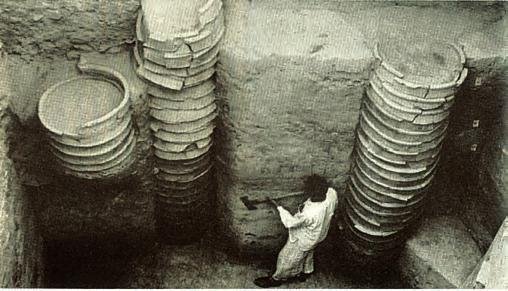
- We hardly have any remains of palaces, markets, or of homes of ordinary people. Some are yet to be discovered while other which were made of wood, mud-brick and thatch, may not have survived.
- Cities have also been described in several travellers’ writings and journals, who came to visit these empires from various lands.
NEW KINGDOMS ALONG THE COAST
Chiefs and kings who controlled the river valleys and the coasts became rich and powerful.
- The Sangam poems mention three powerful empires in the Deccan: the Cholas, Cheras, and Pandyas.
- Each of the two centres of power: one inland, and one on the coast. Of those six cities, two were very important: Puhar or Kaveripattinam, the port of the Cholas, and Madurai, the capital of the Pandyas.
- The chiefs, instead of collecting regular taxes, demanded and received gifts from people.
- They went on military expeditions and collected tribute from neighbouring areas. They kept a part of this wealth to themselves and distributed the rest amongst their supporters.
- Satavahana Dynasty emerged as a powerful dynasty in western India. The most important ruler of the Satavahanas was Gautamiputra Shri Satakarni. All the Satavahana rulers were known as lords of the dakshinapatha (the route leading to the south).
NEW EMPIRES AND KINGDOMS
PRASHASTIS
- Inscriptions in the praise of someone, especially the ruler, are called prashastis. The word literally means ‘in praise of’.
- One of the most famous prashasti which was written in Sanskrit 1700 years ago in the praise of Samudragupta by his court poet Harishen. It was inscribed on the Ashokan pillar at Allahbad.

LEARNING MORE ABOUT SAMUDRAGUPTA’S PRASHASTI
The poet praised the king in glowing terms — as a warrior, as a king who won victories in battle, who learned and the best of poets. He was also described as equal to god.
Harishena describes four different kinds of rulers in his inscription, and tells us about Samudragupta.s policies towards them.
- Nine rulers of the Aryavarta kingdom were uprooted and their kingdom was made a part of Samudragupta’s kingdom.
- Twelve rulers of Dakshinapatha surrendered themselves to Samudragupta, but he allowed them to rule, even after defeating them in war.
- A number of Gana sangrias in the north-west brought gifts to him, followed his orders and attended his courts.
- The descendants of Kushanas and Shakas (important empires), and the ruler of Sri Lanka, submitted to him and offered daughters in marriage.
GENEALOGIES (LIST OF ANCESTORS)
Most prashastis also mention the ancestors of the ruler. For eg. Samudragupta’s prashasti mentions his great grandfather, grandfather, father and mother.
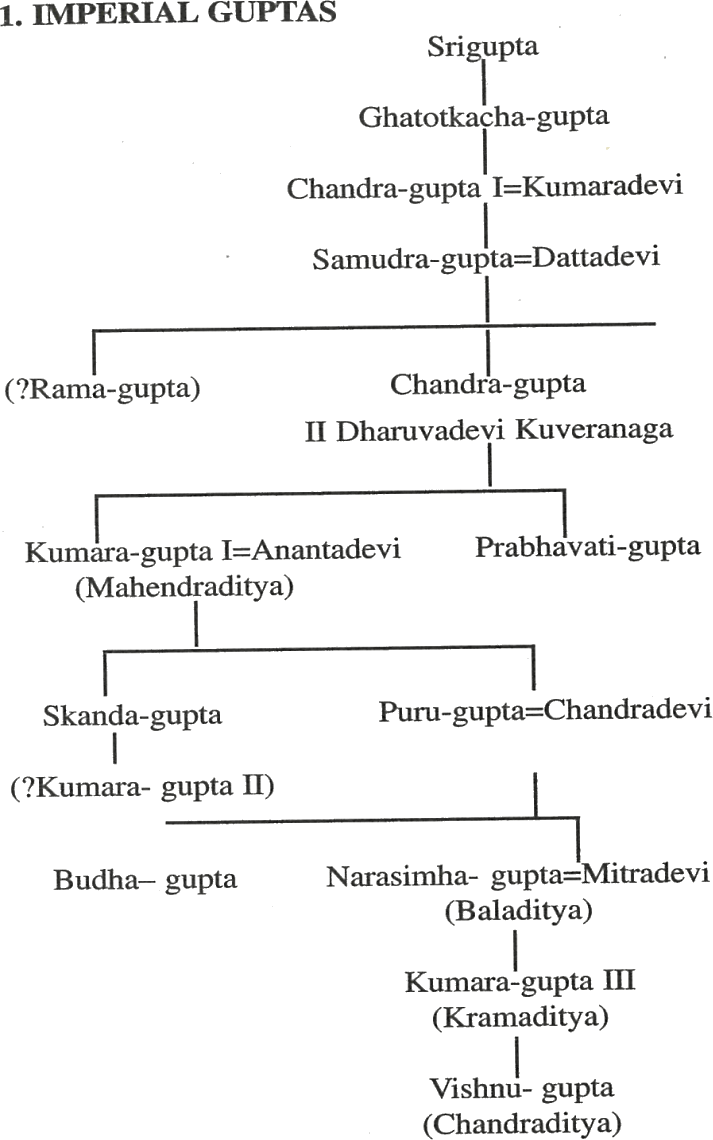
HARSHAVARDHANA AND HARSHACHARITA
- Harshavardhana ruled nearly 1400 years ago.
- His court poet Banabhatta, wrote his biography, the Harshacharita, in Sanskrit.
- This included the genealogy of Harsha, and ends with his becoming king.
- Harsha was not the eldest son of his father, but became king Of Thanesar after both his father and eldest brother died.
- His brother-in-law was the ruler of Kanauj and was killed by the ruler of Bengal. Harsha took over the kingdom of Kanauj, and then led an army against the ruler of Bengal.
THE PALLAVAS, CHALUKYAS AND PULAKESHIN’S PRASHASTI
- The Pallavas and Chalukyas were the most important ruling dynasties in south India during this period .
- The Pallavas had a past area from Kanchipuran, their capital, to Kaveri delta under them.
- The Chalukyas ruled area centred around the Raichur Doab, between the rivers Krishna and Tungabhadra. Their capital was Aihole, which was an important trading centre along with a religious centre with numerous temples.
- The Pallavas and Chalukyas frequently raided each others lands, especially by attacking their capital city which had most of their treasure.
- The most famous Chalukya ruler was Pulakeshin II. He also has a prashasti composed by his court poet Ravikirti, telling us about his ancestors, his expeditions and many more things like how he attacked the Pallava king.
- But the Chalukya victory was short-lived. Ultimately, both the Pallavas and the Chalukyas lost to the new rulers of Rashtrakuta and Chola dynasties.
ADMINISTRATION IN THE KINGDOM
Kings adopted a number of methods to win support of the powerful people in his kingdom. These methods were economical, political and military. For eg. :
- Many administrative posts were converted into hereditary. This meant that the sons succeeded their fathers to these posts.
- Important men probably had a say in local administration. These included the chief banker of the merchant of the city.
ARMIES
- Kings maintained a well-organised army with elephants, chariots, cavalry and foot soldiers.
- There were military leaders too, who provided the king with troops whenever they needed them.
- They were not paid regular salaries but, land grants instead.
- They collected revenue from these granted lands and used this to maintain the soldiers.
- These men were known as samantas.


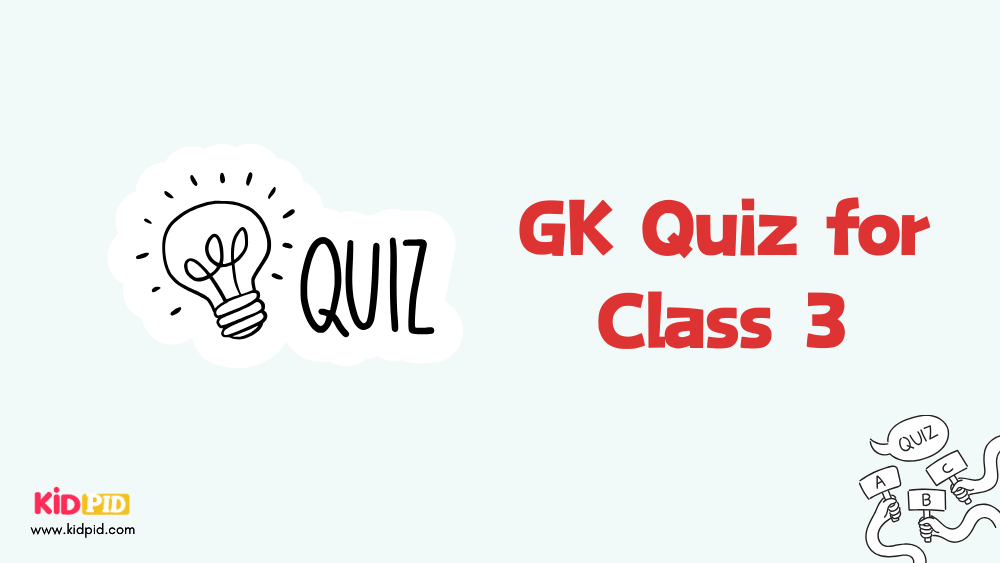


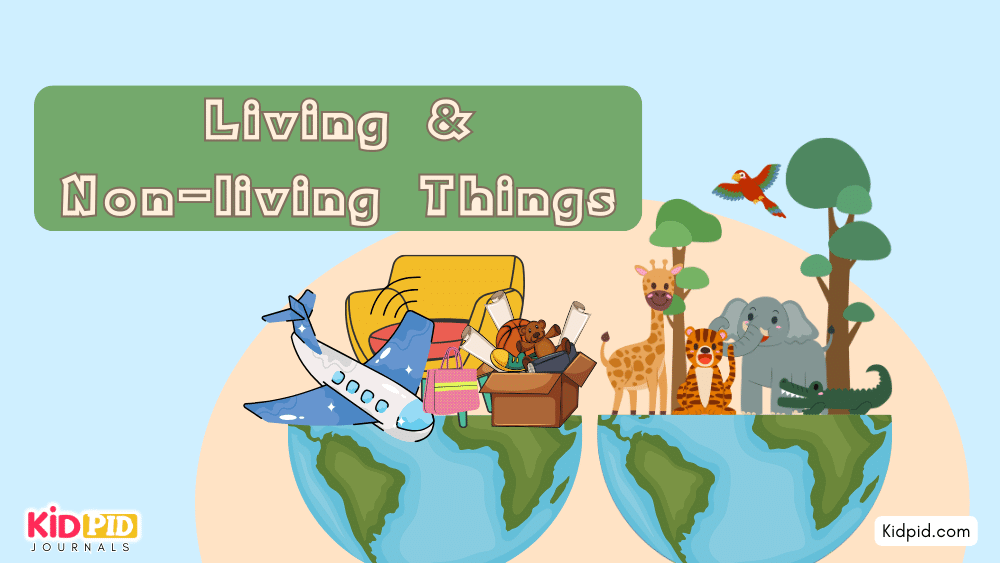
Responses